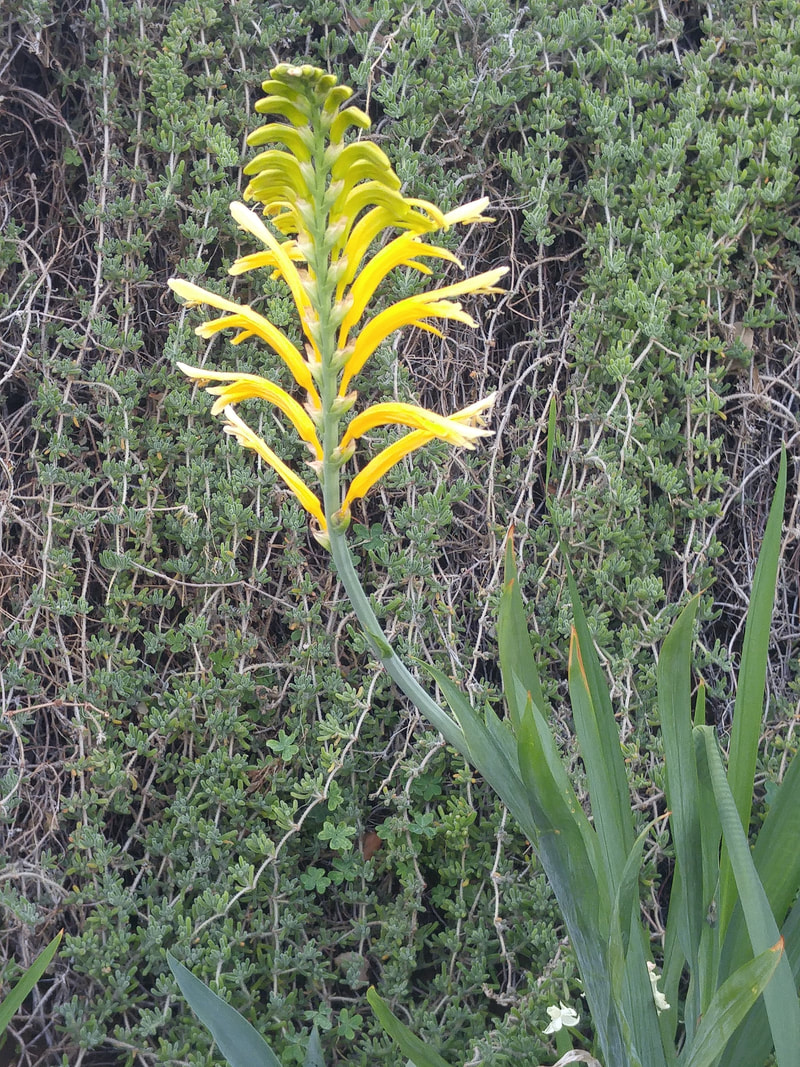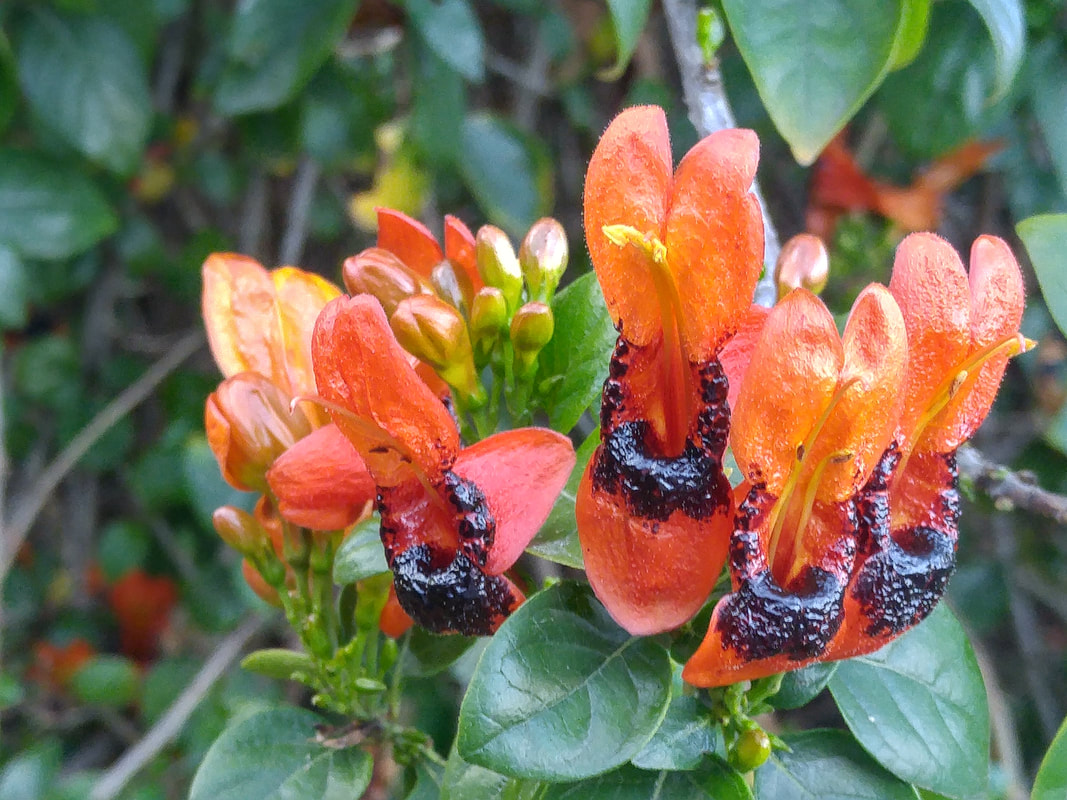| | We do certainly seem to be having a real winter, finally, and lasting for longer than a couple of days! Hoorah! My husband always gets a kick out of my attitude toward whatever weather’s happening: hot is wonderful for ripening tomatoes, cold is great for fruit trees’ chill hours, moderate and dry is fine for working in the garden. But, now our wet drippiness is truly a gift to the garden as a whole, after all these years of drought and the driest February which should have been our wettest month. So I go outdoors, stretch out my arms, turn my head up to the sky, and relish every individual drop, knowing that the garden is equally appreciative in absorbing all the moisture. Coffee Grounds as Nutritional Mulch Two years ago, following a not-very-vigorous pea crop, I started mulching my bed with coffee grounds I’d picked up at Starbucks following some publicity about the company’s eagerness to give them away to gardeners. Because coffee is acidic, I’d assumed that the grounds would be great for acid-loving plants like camellias, but not much else. And, I figured I’d have to compost them before using them. But when the quantity of grounds that I could pick up went beyond my few acid-loving plants and threatened to overload the compost pile, I did some additional research. I found that the grounds were more of a middle-of-the-road provider of a broad range of nutrients, and that they didn’t need to be composted first. They could be applied directly to the garden soil. This revelation made me shift into high gear, figuring I could help the entire garden with only the expense of gas to pick up the grounds a couple of times a week. So, I found about a dozen Starbucks, Peets, and Trader Joes in a local area that I was potentially willing to drive to pick up grounds. After approaching each store with my proposal, and some false starts, I established good relationships with the management and employees at three Starbucks and one Trader Joe’s. I’d call them in the morning of any day that was convenient for me, and they’d save grounds for me to pick up later that day. The first mass application went into that pea bed, turning in a two-inch layer of grounds into the top 4 inches of soil and compost. That next year’s peas were strong and plentiful, so I knew they were benefiting from the grounds. Onto the rest of the garden! Since last Spring, all the raised vegetable beds and all the fruit trees have their two-inch layers. The vegetable beds were done by September and have been beautifully productive all through the fall and winter. We’ve just finished supplying the fruit trees, filling the space inside their watering berms a good two feet beyond their trunks with the grounds to foster nutrition to the root zones whenever the tree was watered. |
|
3 Comments
Angineh Babakhani
3/25/2018 11:40:53 am
Another wonderful post! I have a question. My snap pea plants are planted inside a huge planter. There are 4 plants growing about 4 to 5 inches tall. First should i move them into my garden bed or can they grow to mature plants in the planter? Second would it be possible for me to use my morning coffee grounds and just mix it into the top layer of soil in the planter even when my peas are growing in there? Also how many cups of coffee grind do you think would be sufficient? Thank you!
Reply
3/26/2018 02:59:09 pm
Hi, Angineh -- Depending on how "huge" your planter is, the peas will do fine. Their root systems need at least a foot in all directions to gather sufficient nutrition and water. The plants can be as close as a couple of inches as long as they can stretch out in all directions. Absolutely great to give your plants your coffee grounds, either by mixing into the soil or by laying on top as a mulch. I use about 1" thick.
Reply
2/1/2022 02:10:55 am
What an exquisite article! Your post is very helpful right now. Thank you for sharing this informative one.
Reply
Leave a Reply. |
Categories |









 RSS Feed
RSS Feed